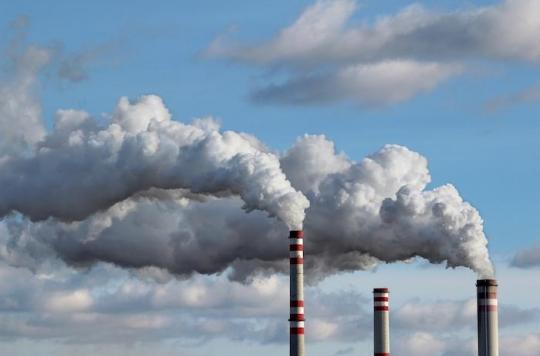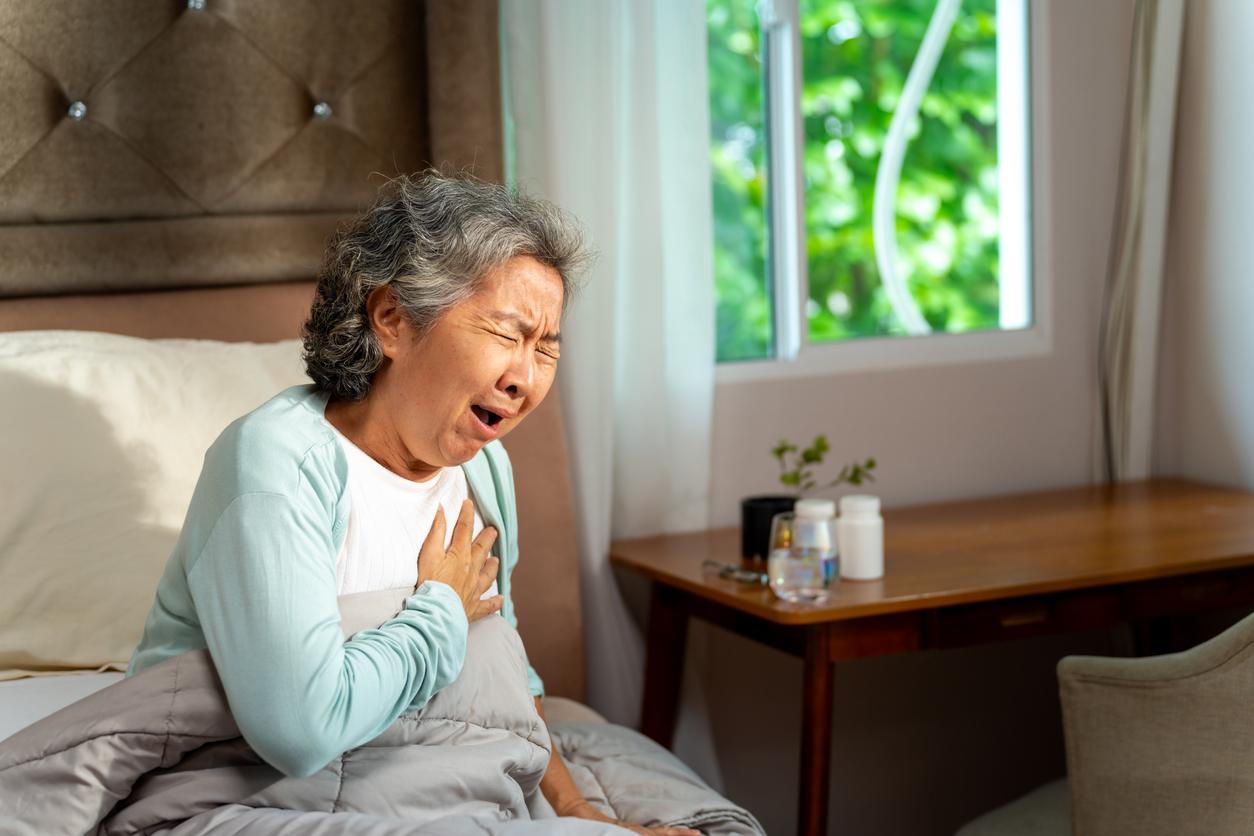The World Health Organization (WHO) warns this Wednesday that air pollution levels are still too high in many parts of the world: 9 out of 10 people breathe polluted air. What are the health risks ?
Pollution plays a key role in the intensification of pollination and the resurgence of respiratory allergies. In 30 years, the number of people with allergies has almost doubled due to allergen concentrations in the air. The WHO even estimates that 50% of the world’s population will be allergic in 2050. Indeed, many studies highlight the deleterious effects of pollution and car traffic on respiratory health, especially that of children, with the percentages of asthma and pollen allergy rising by 20 to 30%. An international team of researchers has highlighted the impact of air pollution linked to car traffic on childhood asthma.
Their work published on March 27 in the journal Environment International show that up to 38% of all annual cases of asthma in children in Bradford can be attributed to air pollution. Air pollution linked to car traffic is estimated at 12% of all cases of childhood asthma recorded. The reason: the high levels of nitrogen dioxide. This atmospheric pollutant produced by road traffic is indeed known to cause irritation of the respiratory system and significantly exacerbate existing respiratory problems in subjects.
Dangerous for the lungs, heart, arteries or mucous membranes, overexposure to fine particles leads to conditions such as cerebrovascular accidents (CVA), heart disease, lung cancer, chronic obstructive pulmonary disease and respiratory infections. According to a study by the University of Aarhus (Denmark), published in Ecological Indicators in July 2017, chronic exposure to fine particles also considerably shortens life expectancy: 10 micrograms per cubic meter of air reduces the lifespan of city dwellers by 9 to 11 years. In cities in high-income European countries, air pollution has been shown to decrease average life expectancy by 2 to 24 months, depending on pollution levels, the WHO also explains.
This is the theme of our TV show “C’est Notre Santé”, produced at the Congress of Pneumology in the French Language, the CPLF 2018.

“Air pollution levels remain dangerously high in many parts of the world,” the World Health Organization (WHO) warned on Wednesday.n nth communicated recalling how much global warming seriously harms our health. According to these data, 9 out of 10 people breathe polluted air: “7 million people die each year due to ambient (outdoor) air pollution and indoor air pollution.
In its latest report on air pollution (October 2017), the European Environment Agency indicated that the situation is “slowly improving”, but that large European cities were still suffocated by clouds of fine particles , ozone and nitrogen dioxide. A toxic environment responsible for more than 530,000 deaths on the continent. On the scale of the European Union, Germany is the country which pays the heaviest price (80,000 deaths), ahead of Great Britain (64,000) and France (63,000).
Outdoor pollution, such as interior
While ambient air pollution (road, rail, river) alone is responsible for approximately 4.2 million deaths in 2016, that of the air inside homes (fuels and polluting technologies) has caused an estimated 3.8 million deaths that same year. “Air pollution is a threat to all of us, but the poorest and most marginalized people are the first to suffer,” says Dr.r Tedros Adhanom Ghebreyesus, Director General of WHO. We cannot accept that more than 3 billion people – especially women and children – continue to breathe in the deadly fumes emitted by polluting stoves and fuels inside their homes every day. If we don’t act quickly, sustainability will remain a pipe dream.”
Around 3 billion people (more than 40% of the world’s population) still lack access to clean cooking fuels and technologies in their homes, despite this being the main source of pollution air inside homes. “These improvements remain slower than population growth in many parts of the world, particularly in sub-Saharan Africa,” the WHO notes.
A major risk in low- and middle-income countries
According to the WHO, more than 90% of deaths from air pollution occur in low- and middle-income countries, mainly in Asia and Africa, followed by low- and middle-income countries in the Eastern Mediterranean regions, of Europe and the Americas. “Many megacities around the world are showing results 5 times higher than the levels set by the WHO air quality guidelines, which represents a major risk for the health of populations”, explains the Dr Maria Neira, Director of the Department of Public Health, Social and Environmental Determinants of Health at WHO.
The impact of pollution on health
Pollution plays a key role in the intensification of pollination and the resurgence of respiratory allergies. In 30 years, the number of people with allergies has almost doubled due to allergen concentrations in the air. The WHO even estimates that 50% of the world’s population will be allergic in 2050. Indeed, many studies highlight the deleterious effects of pollution and car traffic on respiratory health, especially that of children, with the percentages of asthma and pollen allergy rising by 20 to 30%. An international team of researchers has highlighted the impact of air pollution linked to car traffic on childhood asthma.
Their work published on March 27 in the journal Environment International show that up to 38% of all annual cases of asthma in children in Bradford can be attributed to air pollution. Air pollution linked to car traffic is estimated at 12% of all cases of childhood asthma recorded. The reason: the high levels of nitrogen dioxide. This atmospheric pollutant produced by road traffic is indeed known to cause irritation of the respiratory system and significantly exacerbate existing respiratory problems in subjects.
Dangerous for the lungs, heart, arteries or mucous membranes, overexposure to fine particles leads to conditions such as cerebrovascular accidents (CVA), heart disease, lung cancer, chronic obstructive pulmonary disease and respiratory infections. According to a study by the University of Aarhus (Denmark), published in Ecological Indicators in July 2017, chronic exposure to fine particles also considerably shortens life expectancy: 10 micrograms per cubic meter of air reduces the lifespan of city dwellers by 9 to 11 years. In cities in high-income European countries, air pollution has been shown to decrease average life expectancy by 2 to 24 months, depending on pollution levels, the WHO also explains.
This is the theme of our TV show “C’est Notre Santé”, produced at the Congress of Pneumology in the French Language, the CPLF 2018.
.














